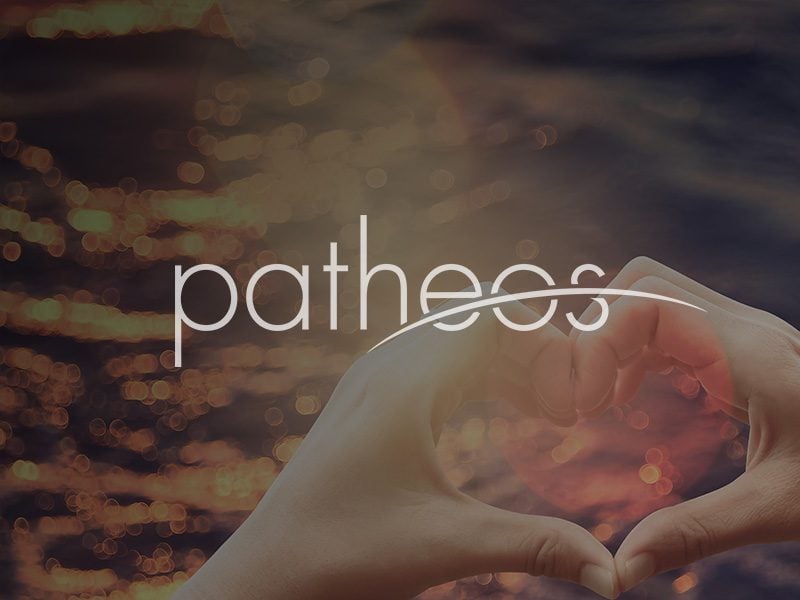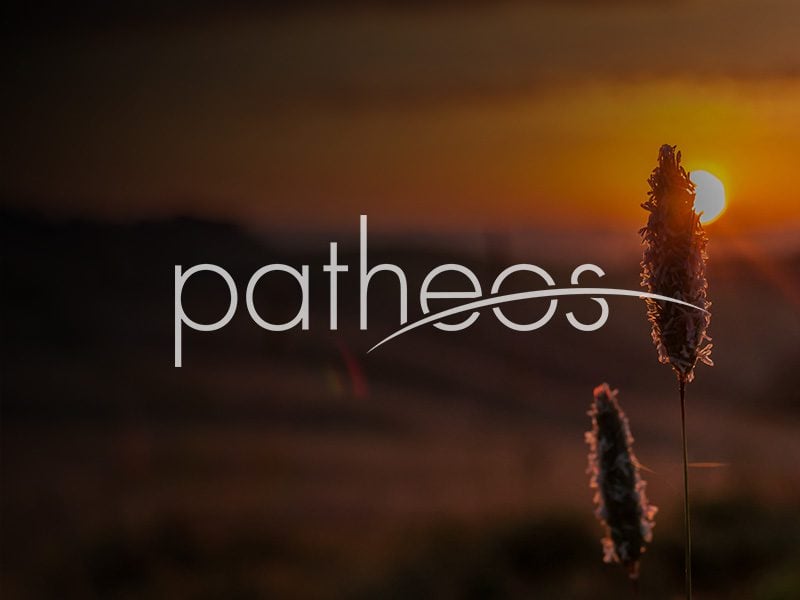Recently, I have been blogging on the coming “tsunami” of online education. In various configurations, dozens of top universities are banding together to offer top quality online education experiences. For now, these will be made available to anyone free of charge.

What do leading educators think of this? According to the New York Times,
“This is the tsunami,” said Richard A. DeMillo, the director of the Center for 21st Century Universities at Georgia Tech. “It’s all so new that everyone’s feeling their way around, but the potential upside for this experiment is so big that it’s hard for me to imagine any large research university that wouldn’t want to be involved.”
But the Times has not gone completely gaga over online education. A recent op-ed piece by Mark Edmundson, a professor of English at the University of Virginia, pointed out “The Trouble with Online Education.” According to Edmundson,
Every memorable class is a bit like a jazz composition. There is the basic melody that you work with. It is defined by the syllabus. But there is also a considerable measure of improvisation against that disciplining background.
Something similar applies even to larger courses. We tend to think that the spellbinding lecturers we had in college survey classes were gifted actors who could strut and fret 50 amazing minutes on the stage. But I think that the best of those lecturers are highly adept at reading their audiences. They use practical means to do this — tests and quizzes, papers and evaluations. But they also deploy something tantamount to artistry. They are superb at sensing the mood of a room. They have a sort of pedagogical sixth sense. They feel it when the class is engaged and when it slips off. And they do something about it. Their every joke is a sounding. It’s a way of discerning who is out there on a given day.
A large lecture class can also create genuine intellectual community. Students will always be running across others who are also enrolled, and they’ll break the ice with a chat about it and maybe they’ll go on from there. When a teacher hears a student say, “My friends and I are always arguing about your class,” he knows he’s doing something right. From there he folds what he has learned into his teaching, adjusting his course in a fluid and immediate way that the Internet professor cannot easily match.
Online education is a one-size-fits-all endeavor. It tends to be a monologue and not a real dialogue. The Internet teacher, even one who responds to students via e-mail, can never have the immediacy of contact that the teacher on the scene can, with his sensitivity to unspoken moods and enthusiasms. This is particularly true of online courses for which the lectures are already filmed and in the can. It doesn’t matter who is sitting out there on the Internet watching; the course is what it is.
Edmundson concludes:
A truly memorable college class, even a large one, is a collaboration between teacher and students. It’s a one-time-only event. Learning at its best is a collective enterprise, something we’ve known since Socrates. You can get knowledge from an Internet course if you’re highly motivated to learn. But in real courses the students and teachers come together and create an immediate and vital community of learning. A real course creates intellectual joy, at least in some. I don’t think an Internet course ever will. Internet learning promises to make intellectual life more sterile and abstract than it already is — and also, for teachers and for students alike, far more lonely.
So, what will get swamped in the tsunami of online education? The community in which people learn from each other, challenge each other, encourage each other, and teach each other.
Now, I realize that there are various online modalities that foster social interaction. Edmundson seems unaware of these or uninterested in them because they don’t support his argument. I wonder if Edmundson has any exposure to social media, such as Facebook. I know college professors who have been amazed at how the Internet has increased communication among their students. One students posts her paper online and she gets dozens of comments from classmates, to whom she responds, etc. etc. Things like this rarely happened in a pre-Internet age.
Yet, the current vision of online education focuses on the MOOC, the “massive, open, online course.” The MOOC model envisions thousands, hundreds of thousands, or even millions of students “taking” a particular course. It’s hard to imagine these students sharing their papers in ways that foster genuine dialogue. But, perhaps Coursera, edX, and their university partners are figuring out how to have small “discussion” sections for thousands of students spread throughout the world.
There may be an opportunity here for some enterprising entrepreneurs to create interactive educational experiences built around MOOC courses. Yet, I still believe that something is lost when students are not able to sit around a table and work through their courses in a fully interactive, incarnational way. At the same time, I believe that there is much to gain by offering excellent online lectures to people throughout the world.
It will be fascinating to see how the online education experiment plays out.












